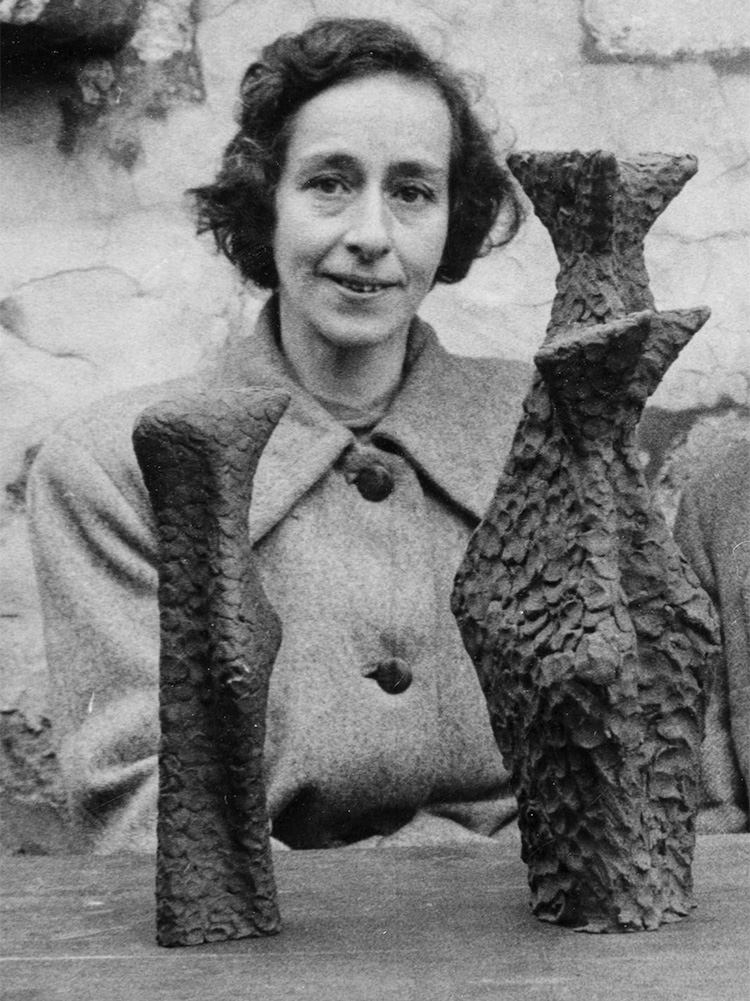The woman, the art and the community
|
“A person is driven by inner forces to express themself in a material ... As long as the thing is alive in me, speaks to me, I can and must continue it.” Sonja Ferlov Mancoba’s (1911–1984) sculptures grew out of a deep interest in non-Western cultures – in particular African art, which she became acquainted with through the Danish collector Carl Kjersmeier back in the 1920s. Her interest was further fuelled by her meeting with her future husband, the South African artist Ernest Mancoba. The couple met in Paris at the end of the 1930s and, apart from a brief stay in Denmark from 1947–52, where they never felt welcome either artistically or as people, they spent the rest of their lives together in France. Her sympathetic attitude to art, or the “expression”, as Mancoba herself called it, was based on a clear desire to illuminate the connection and community between people rather than professional and financial aspects. Her global outlook and spirituality are important indicators in her work because: “Only by virtue of one another can we live and breathe, and no one creates alone … ”. Sonja Ferlov Mancoba is today represented at several Danish and international museums, and her powerful and potent works have been in great demand on the auction market in recent years. |

|
